Photos show iconic Dundee buildings and streets lost to history.
Brian has written many local history books
“Having compiled a book of Dundee postcards, I was struck by the fact that while some scenes were still instantly recognisable today a lot of old Dundee has been lost over the years,” said the journalist.
“The city suffered more than other towns and cities from demolitions, particularly in the 1960s and 1970s, therefore I saw potential for a book of photos focussing on lost Dundee.
“The photos were compiled from several sources. “It’s possible that some of these are published here for the first time.
“While any town or city would lose individual buildings over time, Dundee has lost entire streets such as the Overgate and the Wellgate, which were removed from the map to make space for shopping developments.
“Another significant loss was the city centre docks, which were removed to make space for the road bridge.
“The book also discusses how the city’s work environment has evolved as traditional businesses like jute production have declined.
“It also examines the many modes of transportation that people used to use, including horse-drawn carriages and double-decker buses. “This book takes us back to a Dundee that is gone.”
Brian has shared some of his favourite photographs from Lost Dundee.
He serves as the tour guide for this nostalgic journey through the city’s past.
Town House
William Adam designed Dundee’s Town House, which was completed in the 1730s. Brian stated:
“Many people were dissatisfied with the decision to demolish the Town House to make way for the City Square.
“Proposals were made for its rebuilding elsewhere and, when demolition began, the stones were numbered in case this took place.”
General Monck’s Headquarters
“If you look closely at this picture, you will see that there is a metal plaque on the left- hand side of the Sixty Minute Cleaners,” Brian informed me.
“According to the inscription, the structure served as both Anna, Duchess of Monmouth’s birthplace and General Monck’s headquarters during the Siege of Dundee in 1651.
“This image dates from the early 1960s, shortly before it was demolished to make way for the first Overgate shopping centre.”
It is now the site of Primark.
Angus Hotel
The Angus Hotel debuted in 1964, and this shot was taken around that time. “It had been built as part of the Overgate redevelopment at a cost of £450,000, with a further £52,000 being spent on high-quality furnishings,” Brian told me.
“The brutalist style which had appeared so modern in the 1960s soon became outdated and it was demolished as part of the next Overgate redevelopment.”
St Enoch’s
“This 1964 view, taken from the car park of the Angus Hotel, shows the beginning of the process of demolition of St Enoch’s Church,” Brian informed us. “The only thing that remains today is the western shop.
“The building that was eventually built on the site – now the offices of Gilson Grey solicitors – when viewed from the Nethergate offers a vague reflection of St Enoch’s twin towers.”
Tally Street
“This 1960s view of the Nethergate shows the location of Tally Street from the other side, marked by the white building on the left,” Brian told me.
“This building, along with the majority of others on that side, has been demolished, although the right-hand side remains virtually untouched.
“Like several streets in the area, Tally Street vanished with the construction of the first Overgate Centre around this time but a pedestrianised approach to the current Overgate Centre from the Nethergate marks its approximate location.”
Wellgate
“By the time this photograph was taken in the late 1960s, the Wellgate was still a popular shopping street,” Brian told me. “It was demolished in the early 1970s to make room for a new shopping mall called the Wellgate mall.
“The original Wellgate Steps are beyond the railings in this image.”
Green’s Playhouse
Green’s was one of Europe’s largest cinemas when it first opened in 1936. “There was seating for more than 2,500 in the stalls and in excess of 1,500 in the balcony and boxes,” Brian told me.
“The facilities also included a 200-seat cafe, which, with its hardwood floor, could double as a dance floor, as shown here.” The building is now home to LiveHouse.
Kingsway Rink
The Dundee-Angus Ice Rink, located on Kingsway West, opened in 1938. “As well as providing for local skaters, the rink was home to two successful ice hockey teams – Dundee Tigers and Dundee Rockets,” Brian recalled! “After its demolition and replacement by the Kingsway West Retail Park, a new ice arena opened further along the Kingsway.”
Tay ferries
“This picture shows the Scotscraig at Newport-on-Tay,” Brian told me. “Scotscraig and its sister Abercraig were sold to Malta after the road bridge was completed.
“The Abercraig was eventually destroyed, but in 1980, Scotscraig was utilised in the making of the film Popeye, starring Robin Williams. “It later sank while being towed to a new location.”
Dundee East Station
Dundee East was Dundee’s third principal station. It was located on East Dock Street, a short distance from the other two.
It was initially constructed in 1857. “Following nationalisation and line closures the station became surplus to requirements and it was closed in January 1959 and later demolished,” Brian told me.
Dundee Rail Station
Dundee Station was formerly called Dundee Tay Bridge Station. “It was opened in 1878 by the North British Railway Company,” Brian told me.
“This image shows the station entrance as it looked in the early 1970s.”
Lochee tram terminus
“The Lochee tram terminus was situated on Coupar Angus Road near what is now Lochee Parish Church,” Brian told me. “Dundee’s tram system ended in October 1956.
“The final tram was bound for Lochee, making its way into the depot on the High Street rather than arriving at this terminus as there was, of course, no return journey to start.”
Read more on Straightwinfortoday.com

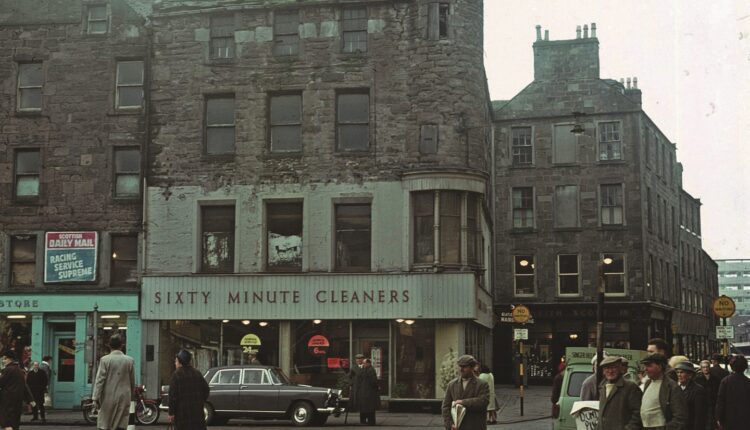
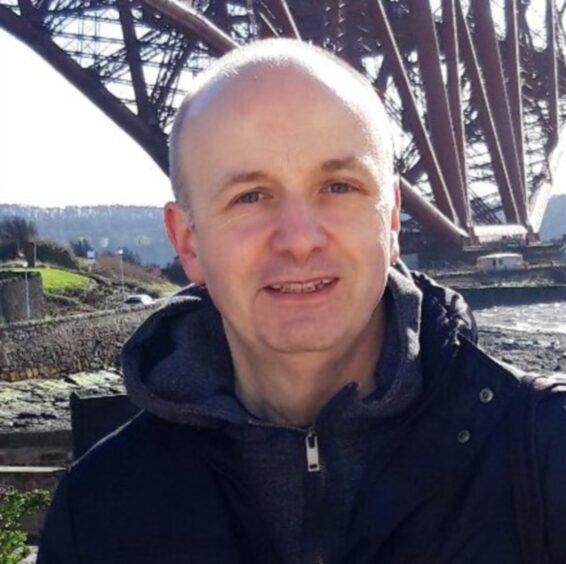
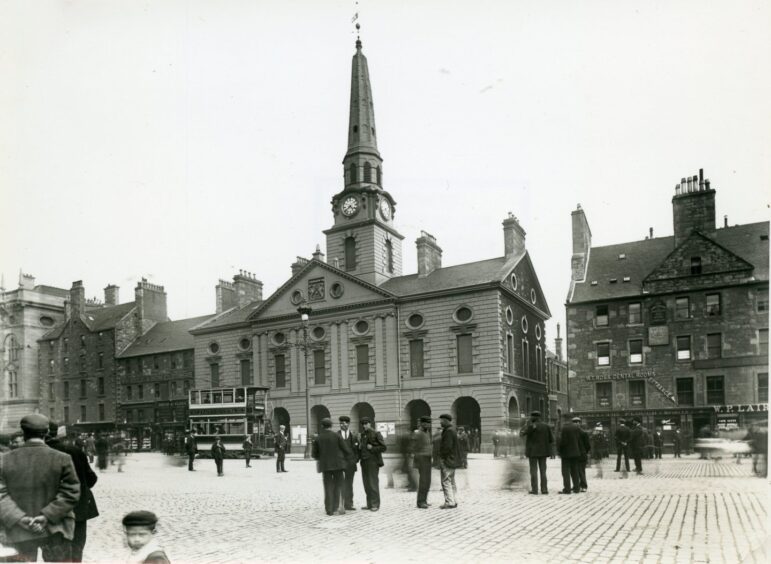


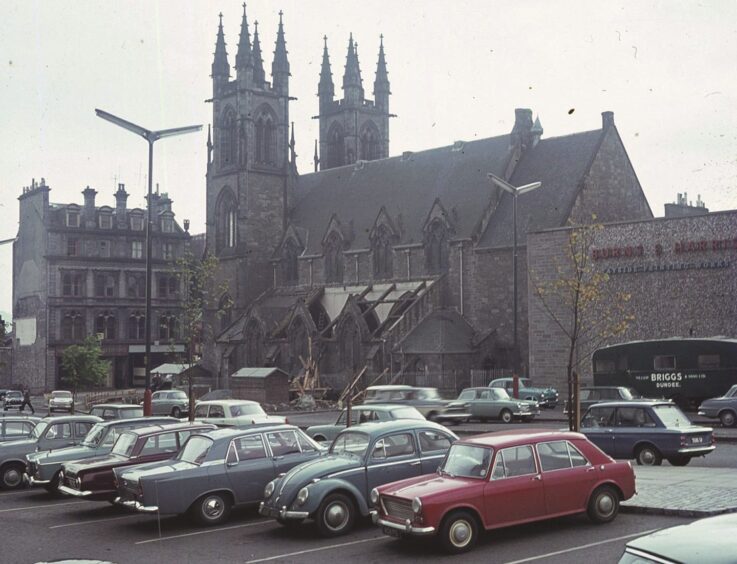


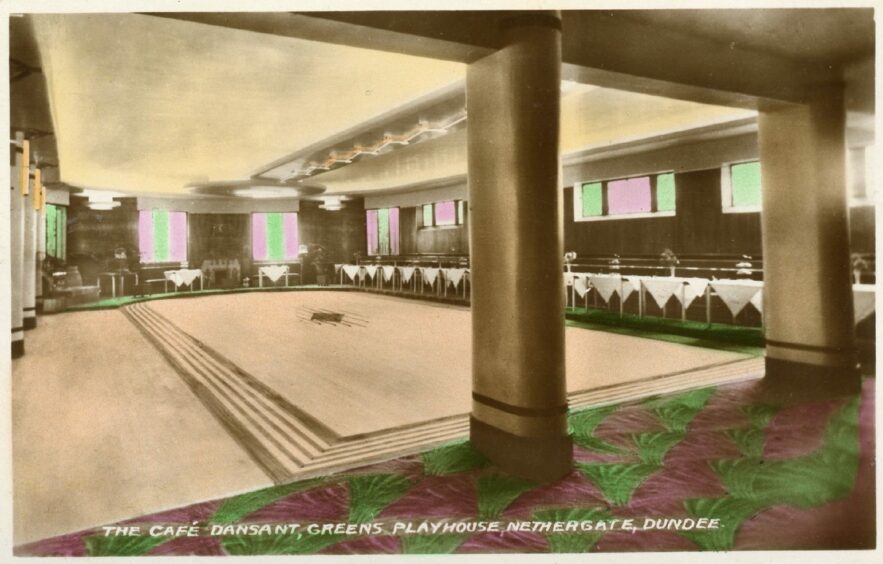


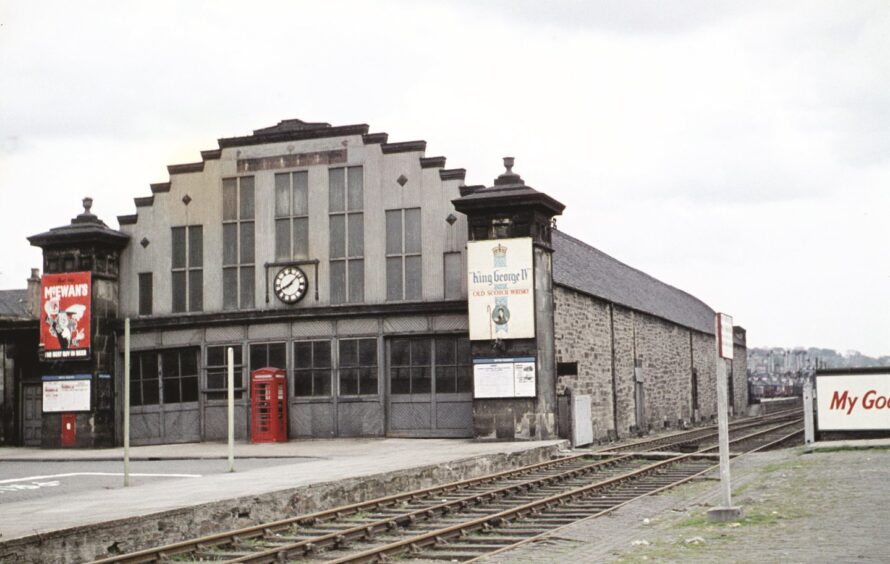
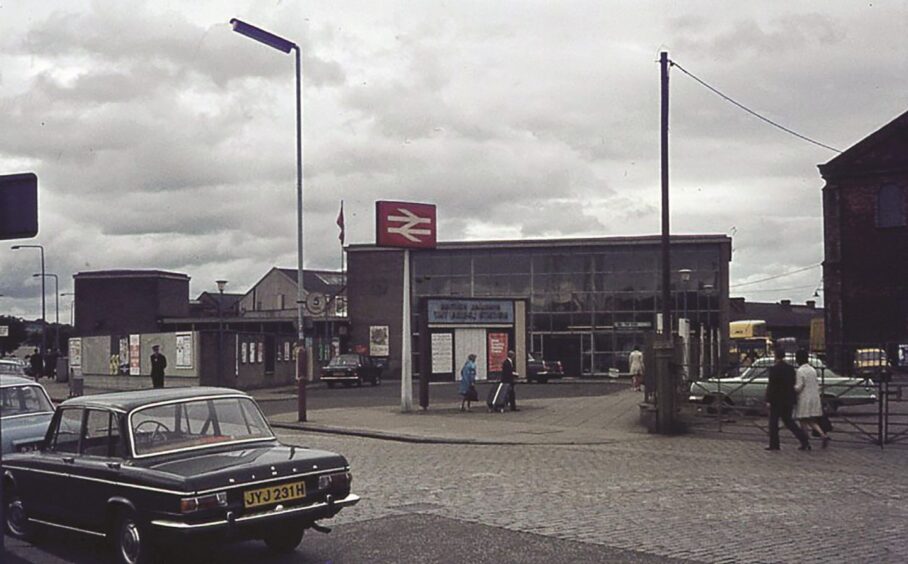

Comments are closed, but trackbacks and pingbacks are open.